The Legend of the Island Express Fail. Part 2
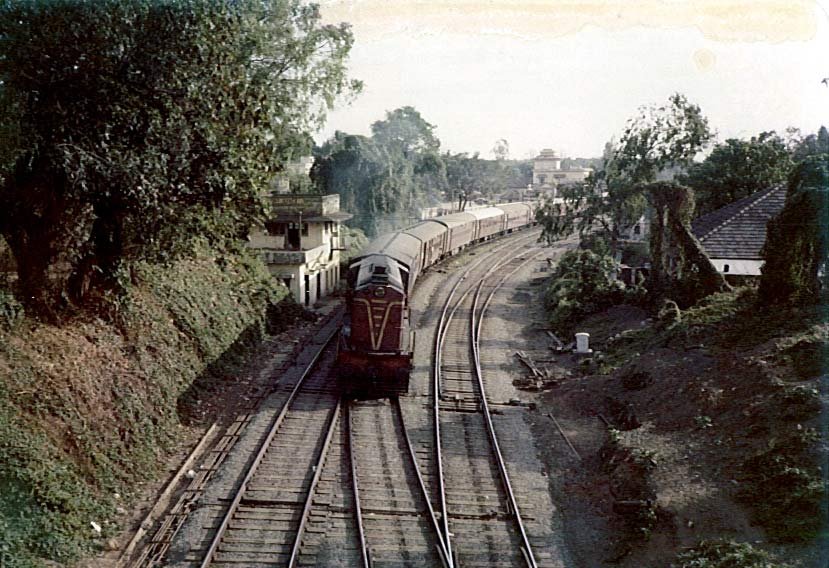
As said in Part 1 (Recommended reading), The Island Express was only the second express train to run from South Kerala and today, a full 50 years later, remains the only daily train on the route(!), and has been reduced to running fail machine. If the Railways in the 1960s saw a reason to introduce a direct train from Kerala to Bangalore when the population here was just a fraction of it today, it can only be assumed that there are forces at play that there are no viable trains today on this heavily traveled route and existing ones are even canceled! The entire story has fallen prey to greed, politics, and misery. Here I chronicle the history of the Island Express, which almost no one is aware of.
History of the Island Express – The Long Run

Photo courtesy: IRFCA, Thanks: Ajith Unnikrishnan.
The exact history of the Island Express is somewhat hazy as surprisingly there are no accurate reports available about the early origins of the train. Legend passed down word of mouth has it that the train that is called “The Island Express” today started it’s run in the 1940s as some 3 or 4 ‘slip coaches’ attached to an ancient 562/561 Cochin – Madras Express which ran out of Cochin Harbor Terminus (CHTS). The slip coaches attached to this would then be detached at Jolarpettai and attached to another train (Bangalore Mail?) which would take them to Bangalore. Years passed by and sometime in the 1960s, these slip coaches grew into a separate train which was christened the 25/26 Cochin – Bangalore – Cochin Island Express. It continued to run between Cochin Harbor and Bangalore until 1976 when the Ernakulam – Kottayam – Thiruvananthapuram route was converted to Broad Gauge. The Island then had to say goodbye to its island as it was extended to Trivandrum. As new lines were commissioned it was extended to Nagercoil in 1988 and subsequently to Kanyakumari in 1990. Maybe it was selected to be extended because of its popularity and age. Nothing has happened since then but degradation, and till 2006 it was the ONLY train from Kerala to Bangalore, save another weekly express which runs on Wednesdays. South Kerala’s first two Expresses still run today, even retaining their original train numbers. The erstwhile 562/561 Cochin – Madras Express is today’s illustrious 12624/12623 Chennai – Trivandrum Mail (Madras Mail) and the 25/26 Island Express is today officially, the 16525/16526 Kanyakumari – Bangalore “Island” Express.
Historical Note on Old Trains of Kerala: Contrary to popular belief, today’s 22639/40 (Previously 16041/42) Chennai – Alappuzha Express is not the successor of that old first express out of CHTS and is not the “oldest express train of Kerala”. That would be today’s 12623/24 Chennai – Thiruvananthapuram Mail, if to be considered as per continuity and chronology of succession by train numbers. The the 561/562 Cochin – Madras express that started running in 1944 was only the second express train out of Kerala and the very first one from south Kerala and Ernakulam. In 1960, this 561/562 was renumbered as the 19/20 Cochin – Madras Express and in 1965 renamed the 19/20 Cochin – Madras Mail (No.20 Madras Mail, anyone?). At this time, the 41/42 did not exist yet. It was then extended to Trivandrum in 1977 and in 1990 it was renumbered 6319/6320 and later 2623/2624. Today runs as the 12623/12624. The 41/42 was introduced as a new train along with the Island Express in 1965 when the 19/20 had already been running for 30 years. It was then named the Kerala Express, the name it later lost when today’s Kerala Express was launched in 1977.
Etymology
The Island Express derives its name from the Willingdon Island, on which the CHTS station is situated and from where the train started its journey in the 1960s. “The Express that goes to an Island“, so very obviously brilliant. The name got so entrenched with the public, that even though it is no longer the official name of the train, it is still called so. The train lost “Island” as it’s official railways-recognized name once its destination was moved from Willington Island to TVC, NCJ and CAPE. Its official name today is “Kanyakumari Express” and “Bangalore Express” for the respective destinations. But the traveling public still calls the train “the Island Express”, reminiscent of its old name almost two generations ago, popularly and lovingly. Maybe no one uses the official names as there are other Bangalore and Kanyakumari Expresses and destination place names are not popular as train names anyway. But I believe that the name “Island” is what gives the train it’s identity, its soul, and hence it continues to be called so.
Blood on the Tracks!
The Island Express was involved in the worst rail accident to happen in Kerala – the Perumon Tragedy, when on July 8, 1988, 10 coaches of the Nagercoil bound 26 Island Express derailed and fell off the Perumon bridge into the Ashtamudi lake near Perinad, Kollam. 105 souls were lost and 200 seriously injured. Railways’ inquiry commissions came up with an ultimate WTF explanation that a “Tornado” had caused the accident, lifting up the train and hurling it into the lake! No one really bought this “finding” as not surprisingly, as always, the truth behind the accident was blatantly covered up and replaced with the Tornado theory (to save someone who was involved, no doubt). This accident was caused by the same human factor that causes a huge majority of accidents in India: Gross negligence, irresponsibility and just stupid complacency. The real criminals who have the blood of 105 people on their hands are still happily leading their lives free among us.
I wonder: will they be able to sleep at night? I guess: yes.
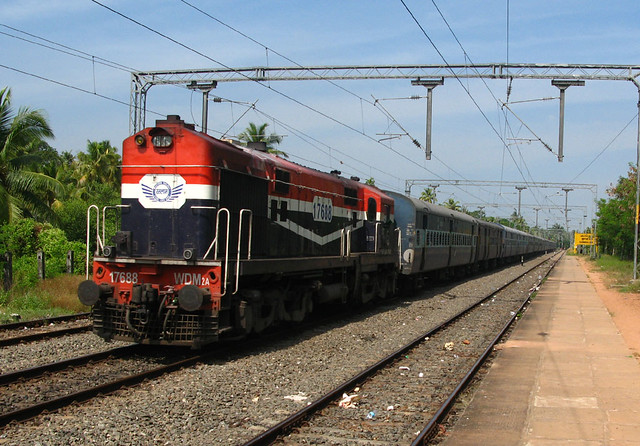
Apart form the Perumon tragedy, the Island was also involved in a much lesser known mishap, when on May 21, 1967, it failed to stop at the Kuppam station (in AP, between Bangalore (Bangarpet) and Salem) and crashed through the barriers at the end of the track. 40 lives were lost. There are no records of this available in the public domain, except this one here.
Degradation and No Redemption
The Bangalore – (South) Kerala route is so overbooked and overcrowded (some times the whole 3 months in advance) a kind of which one would be hard pressed to find anywhere else in the country. So why only this one train on this route if it is so heavily patronized? Compared to this, the Chennai – Ernakulam route has 6 daily trains! Well, there is another daily Bangalore – Ernakulam – Bangalore Intercity express. But this runs during the day and so does not provide much relief. There are some weekly expresses (including a Garib Rath), all of which run on odd days (mostly never during weekends), depart from and arrive at odd stations in Bangalore and stop at odd stations on the way, none of which helps anyone in particular but only adds to the misery of the common traveling public. But even then all these trains are overbooked throughout the year, nonetheless. More about this later.
The Most Important Question
 It is not that there are no other traveling options to Bangalore from Kerala and back. In fact, there are all too many. For one, there are the famous private bus operators who run all the swanky and most of the time not-so-swanky Volvos and other assorted ‘luxury’ buses. In fact, these buses are so ubiquitous that many people, especially the uber-cool ‘Yo!’ bunch who don’t mind shelling out 1000 bucks a ticket for a bumpy ride, don’t even know about the existence of the Island and other trains. Don’t get me wrong, I have nothing against people who travel on those buses (I am one of them too, out of options). And yes, I am an ardent fan of Volvo and their buses in general. But what started as a regular business somewhere in the 1990s has now developed into a cartel, with the operators getting uber-powerful that now they have the final say on how the common public should travel – in their buses only, that is. You need to be a bit of a lobbyist, connected in high places, have oodles of patience, willingness for suffering and no self respect to get a ticket during weekends. Festival season? forget it.
It is not that there are no other traveling options to Bangalore from Kerala and back. In fact, there are all too many. For one, there are the famous private bus operators who run all the swanky and most of the time not-so-swanky Volvos and other assorted ‘luxury’ buses. In fact, these buses are so ubiquitous that many people, especially the uber-cool ‘Yo!’ bunch who don’t mind shelling out 1000 bucks a ticket for a bumpy ride, don’t even know about the existence of the Island and other trains. Don’t get me wrong, I have nothing against people who travel on those buses (I am one of them too, out of options). And yes, I am an ardent fan of Volvo and their buses in general. But what started as a regular business somewhere in the 1990s has now developed into a cartel, with the operators getting uber-powerful that now they have the final say on how the common public should travel – in their buses only, that is. You need to be a bit of a lobbyist, connected in high places, have oodles of patience, willingness for suffering and no self respect to get a ticket during weekends. Festival season? forget it.
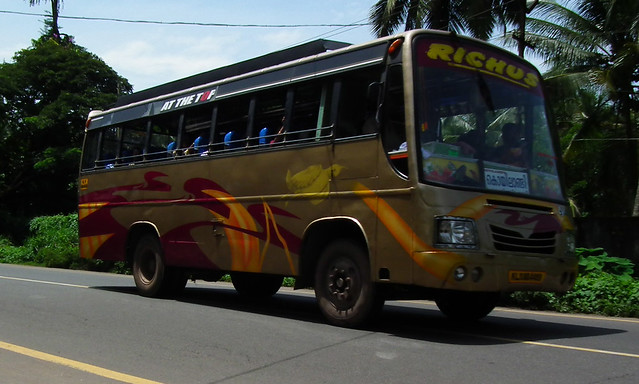
Apart form the regular Volvos, their “weekend specials” are another scam which is cited to be the real reason – you will get normal 3+2 buses and even Tempo Traveler vans (no push back even, AC? forget it) where will have to shell out over 1200 bucks through your nose for a seat for 15 hours of torturous journey. It is said that the reason the Island is “run” in the situation it is today and no new trains are started/extended/frequency increased is the tactics employed by them with their influence on the bureaucracy and politicians. The latest example is the cancellation of the Sunday run of the 12683 Ernakulam – Bangalore weekly Superfast (the only extra train on a Sunday from Kerala to Bangalore). The bus operators are said to be the force behind this move as it was eating into their revenues. For two people, a round trip to Kerala will set you back by 5000 bucks! Sorry, I don’t pluck my money from trees, unlike these people. And of course, Islanders (people who travel on the Island Express and also by train on the route in general) have long since stopped expressing their anguish and like all good Indians do, shut up and take whatever is pushed up their behind.
The Island Express is the Bangalore Malayali’s Mayflower. Long before today’s swanky (over priced) Volvos and Air Buses, apartment complexes and malls, the IT industry and traffic jams, Bangalore was home for a considerable number of Malayalees, though far less than the other hot favorite migrating spot of those times (no, not the Gelf. That came much later), Madras. And many of these first and early ‘pilgrims’ would have landed in Bangalore on the Island Express or it’s predecessor and many more for a couple of decades… The train must have carried many a hope, dream, aspiration, tension, frustration, anxiety, love, romance, canoodling, laughter and heartbreak all these years. You can almost imagine a person or more might exist who might have first boarded the Island Express to Bangalore from Kerala for an examination/interview, then later boarded it as student, then as a professional, then as a lover, then as a family, and then with their little kids and finally with grandchildren.. Surely there are many an old timer here who reached this place on the Island of yore and look back at it with nostalgia while recounting the horror that it is today. Please leave some comments if you are one.
But come today, no one sees the cries or comes to the rescue of a million travel-starved Bangalore Malayalees at the mercy of private bus operators. All, including politicians and bureaucrats who are supposed to act in favor of the people, have blatantly and conveniently forgotten that and today work for cartels which give them their cut! How about that? the government giving full support to loot the people! Mera Bharat Mahaan!
Living in the hope that one day some miracle will happen and the Island will be restored to its former glory, loses the tag of Kerala’s “worst commuter train” and more trains are introduced and the travel woes of poor people (yes, even IT professionals and others are poor people) here will be eased to some extent. Till then, hope springs eternal… Unfortunately, there is nothing you or me can do till then but throw away our hard earned money.
Leaving you with a very apt and one of my favorite songs, “The Islander” by Nightwish.


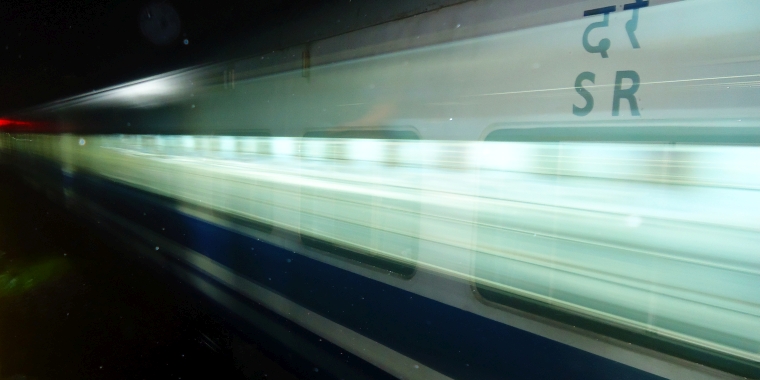
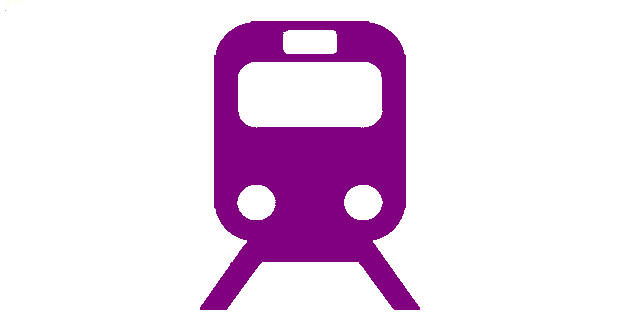
It used to be Bangalore – Jolarpettai passenger that was carrying the slip coaches. remember it used to be a steam engine from Bangalore to JTJ. If you are travelling towards norht kerala, journey was even more scattered. The island which used to reach Olovakode at around 7am used to remove the 3 mangalavaram coaches and island used to continue down south. These anadhai orphaned coaches used to ly around in the corner of the olovakode railway station. I used to travel to Kozhikode then. waiting for Link express. 3 more coaches from Delhi, 3 more from Bombay used to arrive by 10AM. And all these Mangalavaram bound coaches merged to one as Link express. We used to call it as Avial.
Does anyone remember or have any information on another accident in which the Island Express was involved? The site of the accident was between Jolarpettai and small station just before it (name starting with a T). The year of the accident was 1981 (I think); the signal had been incorrectly given for Island Express to proceed to Jolarpettai when another train (Goods) had stopped on the same line. The driver of the train went with it all the way till the end, applying the brakes but he had asked his assistant to jump out. The engine capsized and went up in flames and only half of the driver’s body was retrieved. He saved the lives of many that night. I was on that train heading for a wedding in Bangalore.
We were heading back to Hebron boarding school in Ooty, from Bangalore and had the car packed on a Sunday evening, ready to go to the train station when my dad said that it was unusual that we should have to travel on Sunday. He insisted on going to check the calendar one more time. He found that we were one day early. My mother tried to persuade my dad to go ahead and go one day early, but my Dad was adamant and refused. We unpacked the car, and ate our packed lunches for supper and waited until the next day. When we woke up the next day, the phone was ringing, and a fellow missionary was calling with news that the Island Express that we would have taken had crashed with 50 dead and 150 wounded. The brakes had failed and they put the train on a side rail and it ran into a sand bank at about 50 MPH. There were several interesting facts about this incident. One is that most times, we bought first class tickets with reservations in the sleeper for the overnight trip, but on this occasion, we had failed to do so, and were going to purchase 3rd class tickets at the station. Secondly, my mother was going to take us, but she came down sick and so my dad stepped in to take us. Once my mother makes plans it is hard to change her mind. Thirdly, the carriages that went to Coimbitore near the foot of the Nilgiri hills where our school was were always on the front of the train, where the most serious injuries occurred. When we went through Jolarapet the next day, where the train crashed, they were still cutting people out of the wreckage. The date would have been May 21st of 1967. I am convinced that my father heard from God that day.
Island is actually good in one sector – PGT-TPT. Its a run away from MAS Mail!
I was one of the person in the Island Express when the tragedy struck at Kuppam on May 21 1967. Though
I was in the middle of the unreserved compartment. Both the ends of the compartment were smashed
and I escaped through the window. In those days there were no grill in the windows. I remember the
football team members of Alind Kundara were also in the tranin. I was just 18 years old then. I hope there
will be more living members now from the ill-fated train
E.P. Chandran
e-mail ep_chandran@rediffmail.com
Just happened to blog a pic taken while waiting for… the Island Express!!!
😉
http://navy-blue-jeans.blogspot.com/2011/05/kerala-diary-crossing-tracks.html
And about the private bus operators, to my knowledge its illegal to ferry commuters on National Highways and interstate. Only KSRTC & KSRTC get permits to run interstate transport buses.
So they run it like a tourist bus (and not a transport bus). Hence the taxes for these buses would be higher (and would have to pay toll depending on the head count or seats).
Its like private buses ferrying Kottayam-Trivandrum route on the MC road (which is not permitted) but I can ferry tourists from Kottayam to Trivandrum, only issue is that the taxes or tourist permit for such a bus would be higher. They run this business with this loop hole.
Hence they have to increase the ticket prices (they have to pay a lot of bribe to keep the business running as its clearly bending the law and stop any plans to introduce trains).
The govt should
1. Introduce more trains.
2. Give permits to private bus operators. This would increase competition (as they wouldn’t have to pay lot of bribe)
Ah !
Its been a long time since I have traveled by Island. Coz I never get tickets.
Now I plan my vacation depending on when I get tickets or drive to Kottayam (which by the way take only 12 hours including 1.5 hours break) on my 1000CC vehicle.
By Railway standards my vehicle would be called as Super Fast Express Non Stop Rajdhani or something like that. 😛
I was just giving touches to my article on this inhuman treatment of B’lore malayalees, this post will be a nice prelude..along with Xavier’s one. 🙂